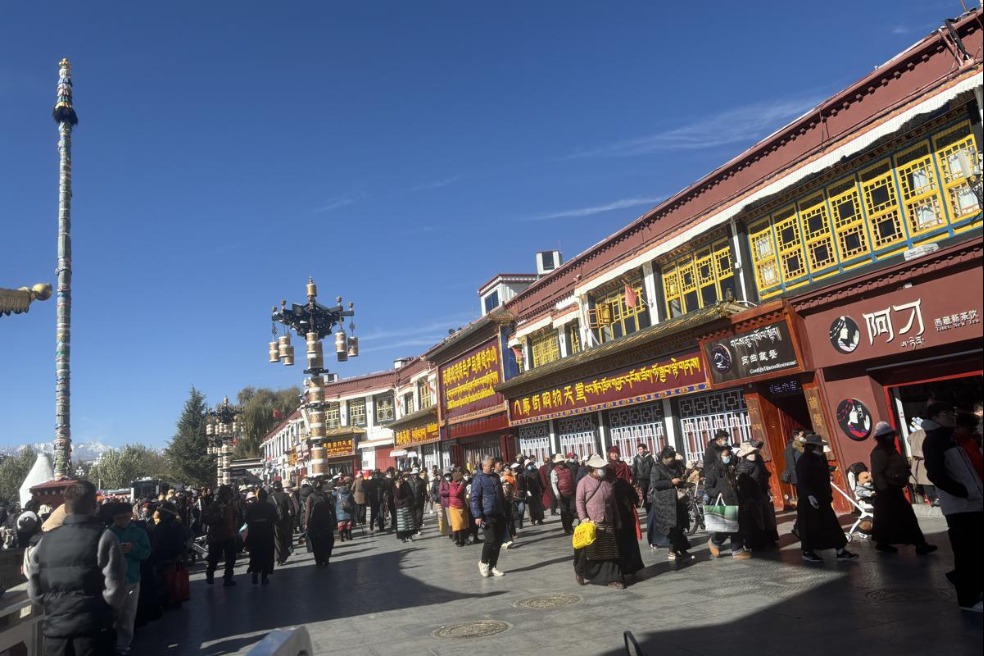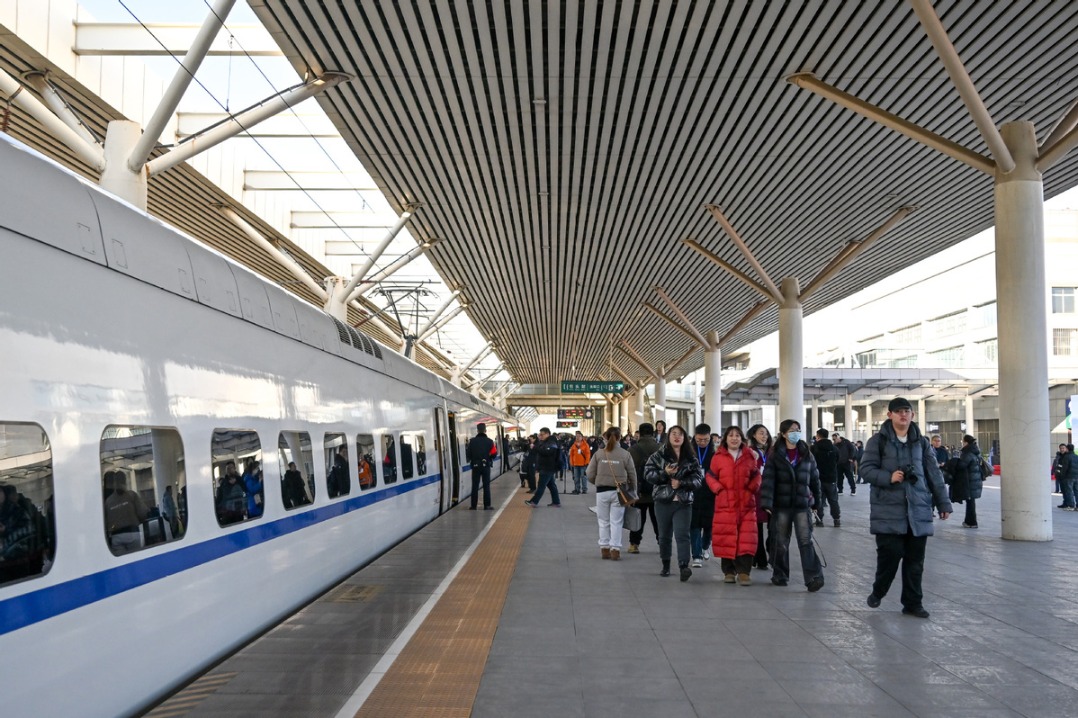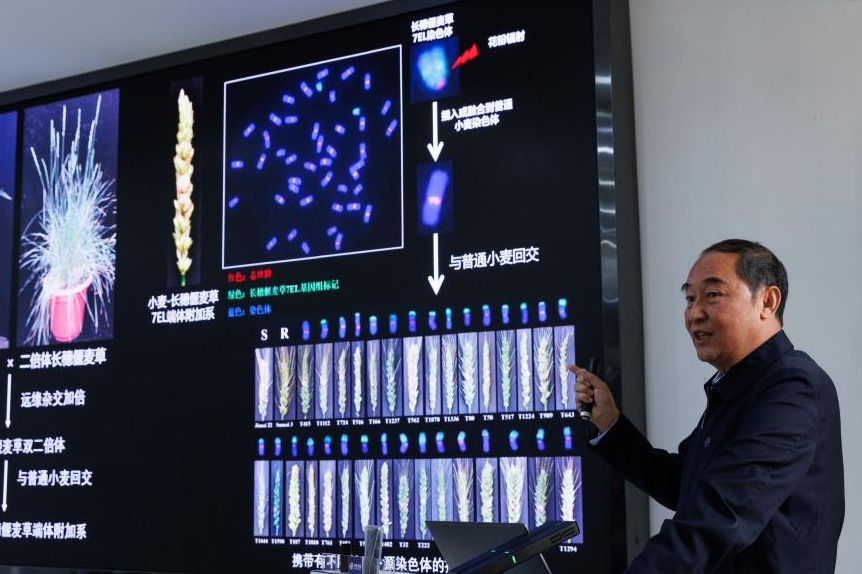Pursuing justice through photography

Through his camera lens, Corky Lee provided a window into the struggles and triumphs of Asian Americans for more than five decades.
The preeminent Chinese American photojournalist died in January 2021 at age 73 of COVID-19 complications.
In the new posthumous book, Corky Lee's Asian America: Fifty Years of Photographic Justice, more than 200 photos reflect the art and life story of the man dubbed the "undisputed, unofficial Asian American photographer laureate".
Born on Sept 5, 1947, in Hollis, Queens, New York, Corky had three brothers and an older sister. Their parents immigrated to the US from Taishan, South China's Guangdong province.
His US birth certificate recorded his name as "Lee Young Quoork", because his father used the name Quoork when he arrived in the US in 1925, saying he was born in China to a person with US citizenship, as a way to avoid the restrictions of the Chinese Exclusion Act.
By 1960, the family and grandmother settled in Jamaica, Queens, New York, where they ran a laundry business and lived above it.
Corky came of age during the civil rights era in the 1960s when all minorities — African Americans, Hispanics, Asian Americans and Pacific Islanders — fought for equal rights.
The family would often sit around the dinner table and discuss current affairs.
"It was a time of social and political ferment outside the family laundry. Our father, despite his lack of formal education, was a very astute observer and had a lifelong intellectual curiosity, which he successfully passed on to Corky," John Lee, Corky's younger brother, said.
Corky attended a New York City public school and later attended Queens College, where he majored in history.
In 1969, Corky was accepted as a VISTA volunteer for a two-year period to serve poor communities of the Lower East Side of Manhattan through the Two Bridges Neighborhood Council, a social service agency with an office in Chinatown.
While working as a housing advocate, he saw the social and political injustices that the Chinese immigrant community faced and quickly realized he wanted to document them. He couldn't afford a camera at first, so he borrowed one.
"Prior to Corky's choice of photography as his tool for social change, there was minimal coverage of Asian communities in the US," John Lee said. "They were the product of white Americans looking at their neighbors of Asian descent as curiosities, exotic at best, dangerous at worst and all too often acted upon their ignorance to tragic consequences."
John believes that mainstream US people looked at his community from the outside. Corky was uniquely positioned to show that "we were not the 'eternal foreigner' but Americans in every sense of such title".
From the 1970s on, Corky covered the protests, celebrations, activism and struggles of Asian Americans.
"Every time I take my camera out of my bag, it is like drawing a sword to combat indifference, injustice and discrimination and trying to get rid of stereotypes," the photojournalist once said.
His work didn't just focus on the Chinese community, but also on the Korean, Southeast Asian, Japanese and Filipino communities.
One of his proudest projects was a reenactment through photos of the 1869 completion of the Transcontinental Railroad. The reenactment took place on the 145th anniversary of the railroad's completion, with 250 Asian Americans participating, including direct descendants of the railroad workers, at Promontory Point, Golden Spike National Historical Park, Utah.
Corky was motivated by the fact that Chinese laborers were excluded from the celebratory photos when the railroad was completed. So, he gathered their descendants for the photos as a thank you.
Toward the end of his life, Corky was documenting how the Guardian Angels — a crime-fighting group — was trying to stop the tide of anti-Asian hate crimes that had flared up in New York City and nationwide during the pandemic.
John said that "Corky created a history that truly, accurately and compassionately depicted us as we were, as active a component of America as any other immigrant group that came to these shores".
"He staked the claim for Americans of Asian descent their rights to full participation and recognition in their adopted land, in growing numbers the land of their birth."
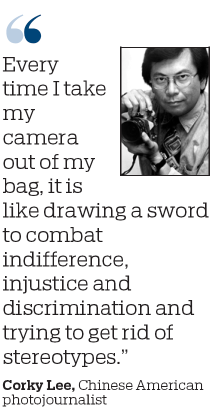
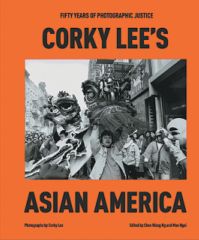
Today's Top News
- Effective use of investment emphasized
- China's shuttle diplomacy strives to reach ceasefire
- Nanjing Museum's handling of donated art, relics being probed
- Key role of central SOEs emphasized
- New travel program hailed as 'milestone'
- Animated films top draw at box office


















